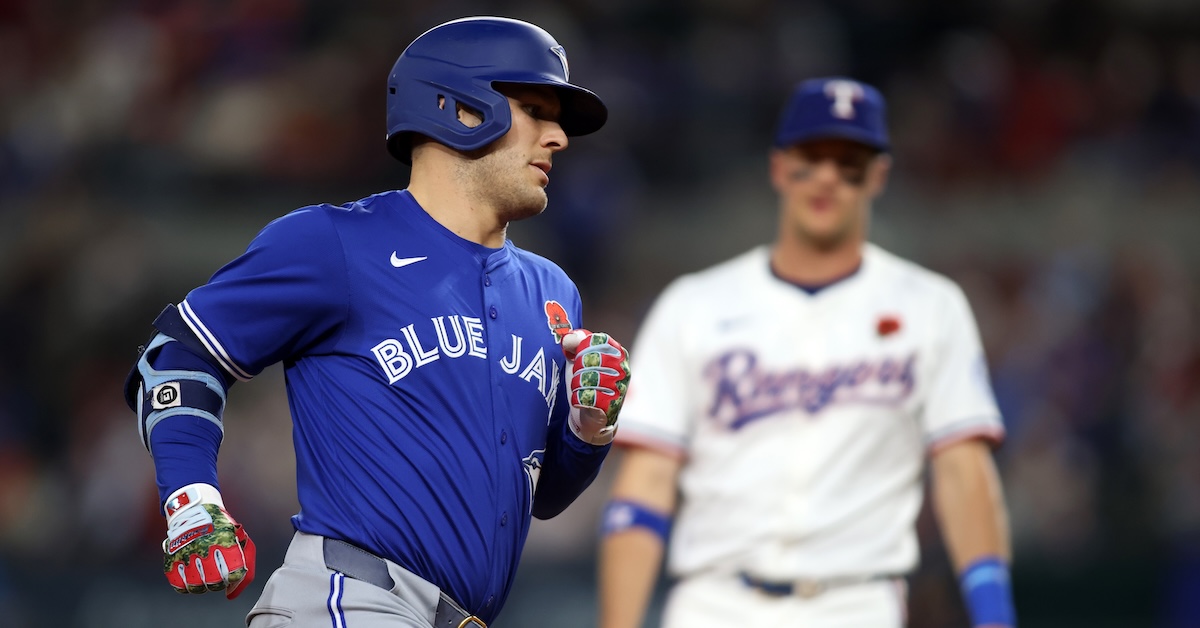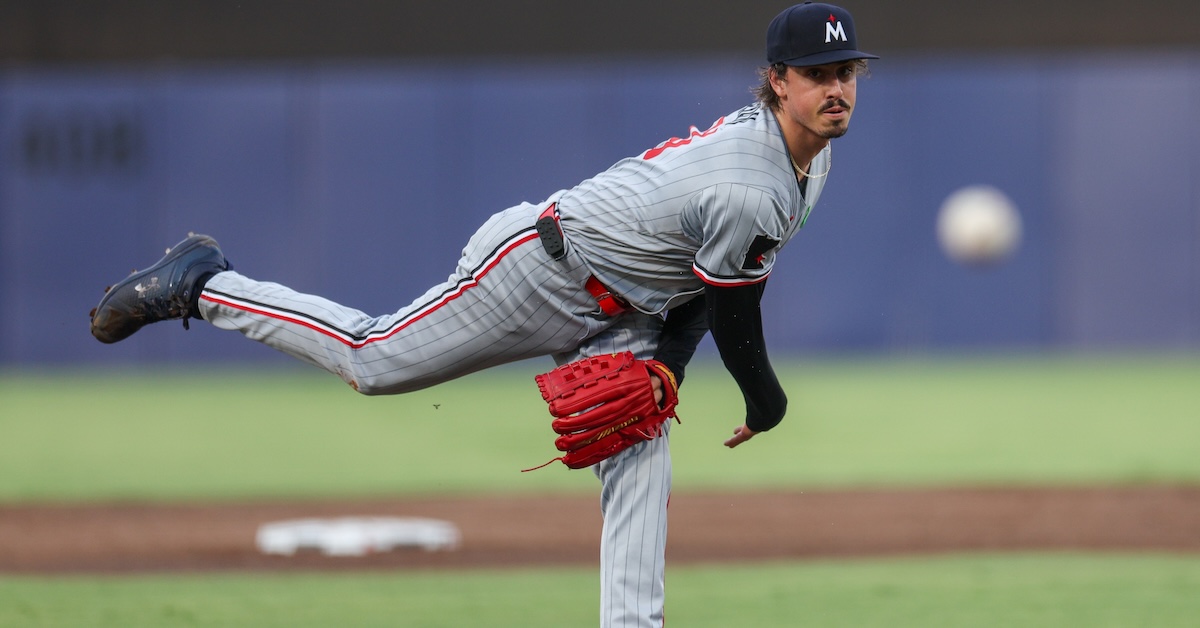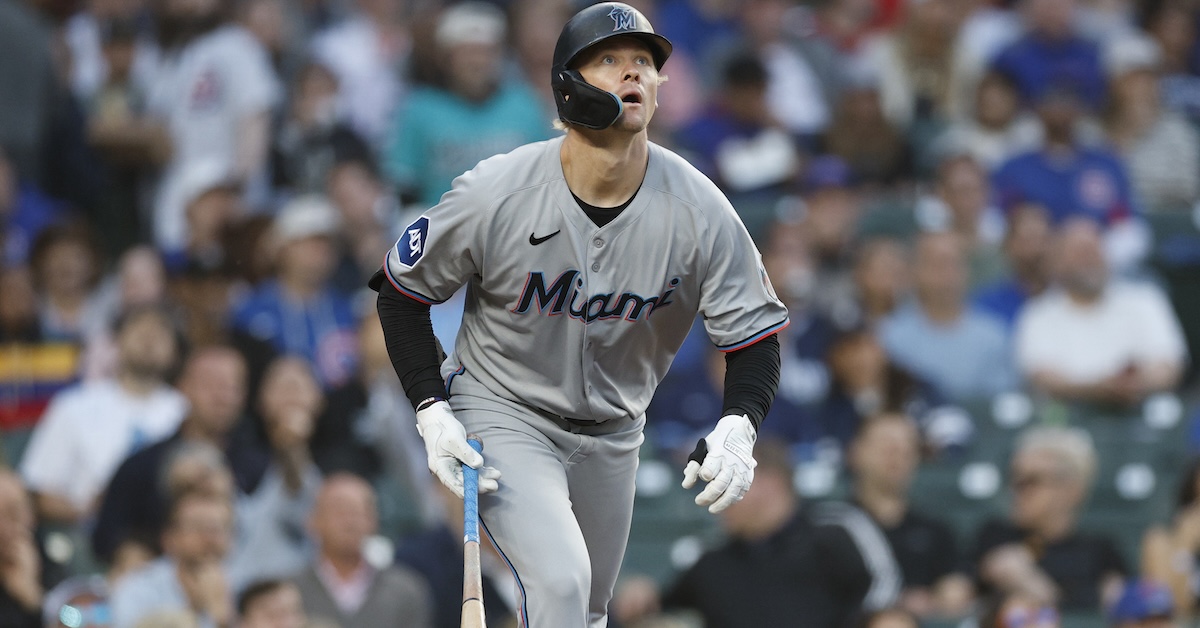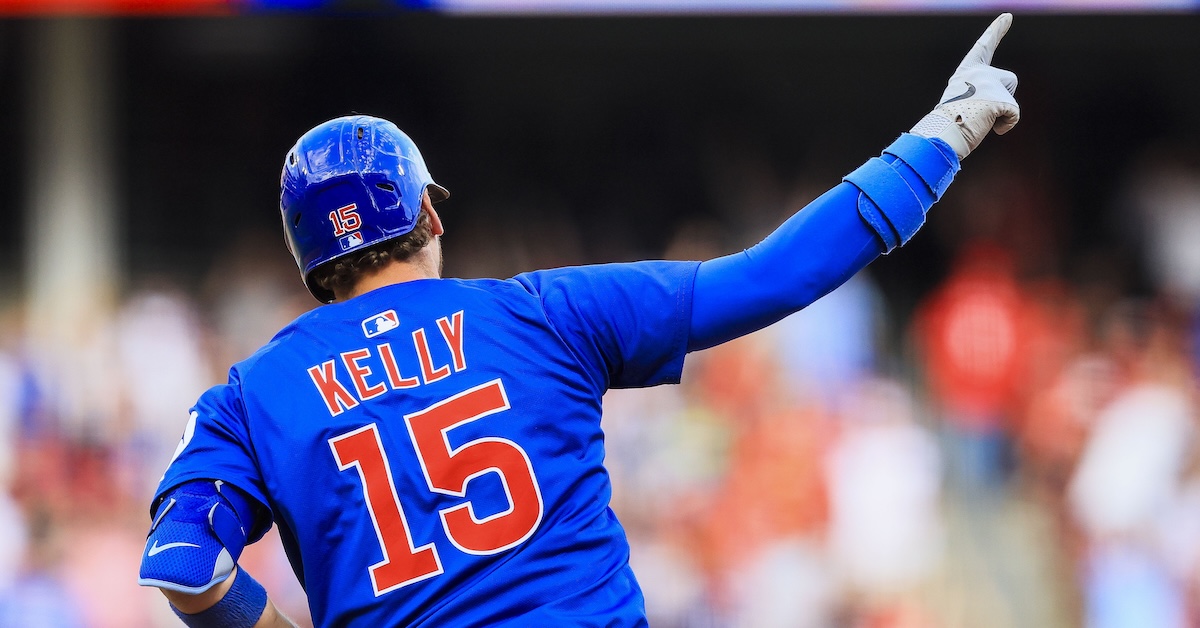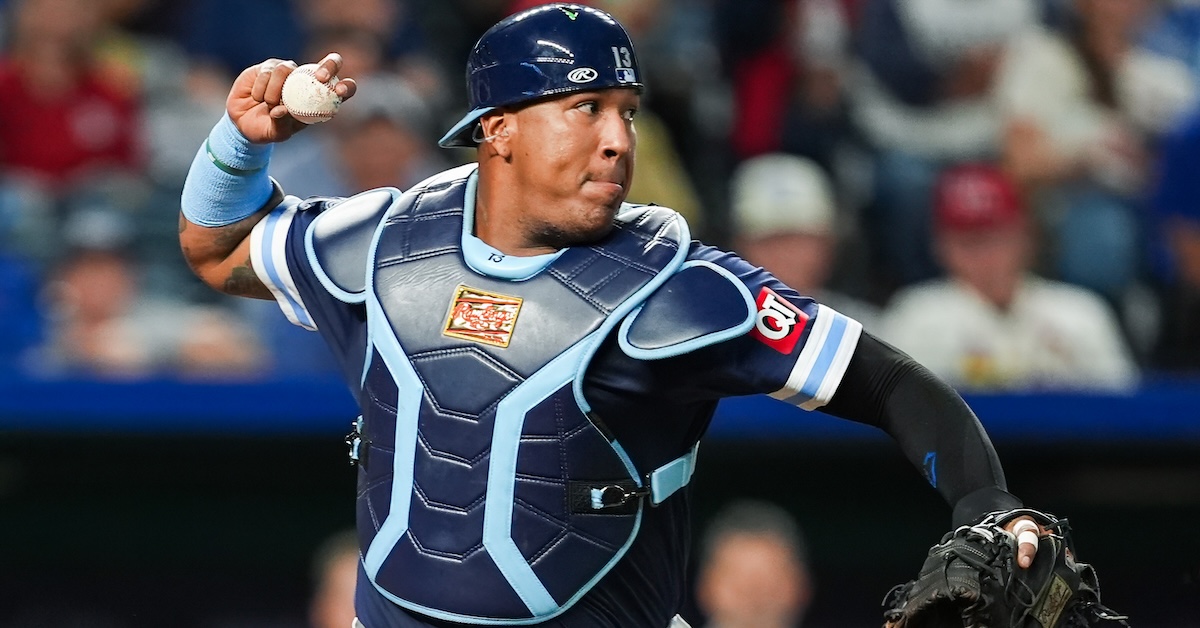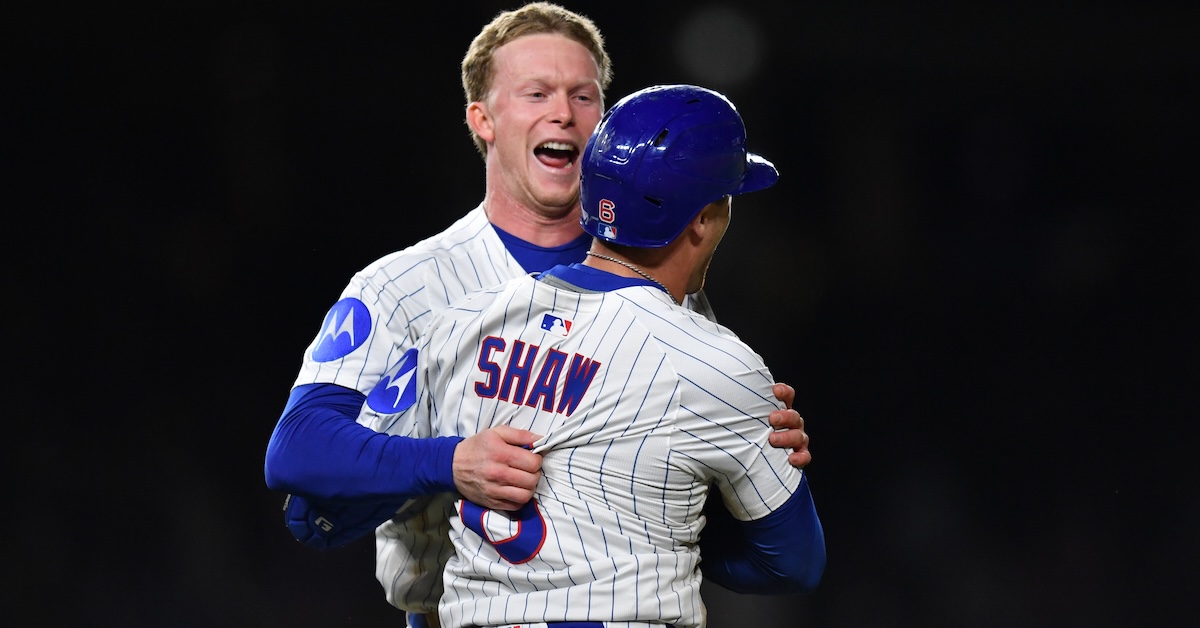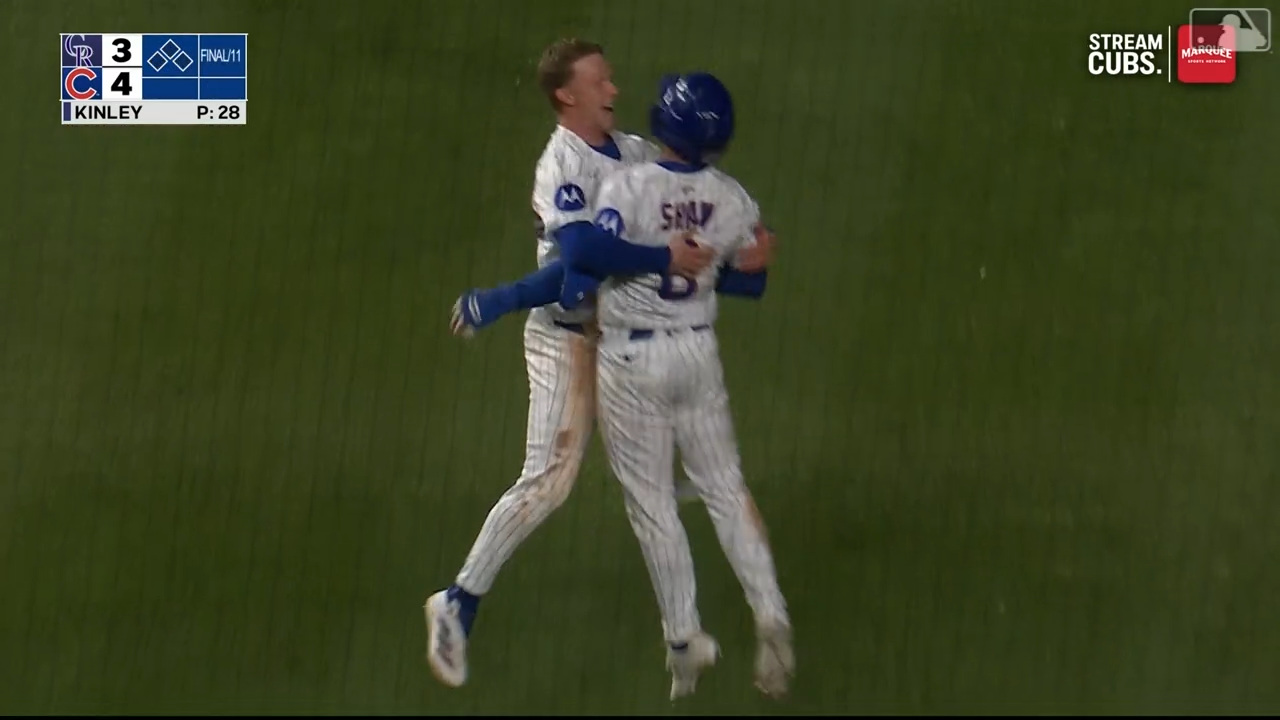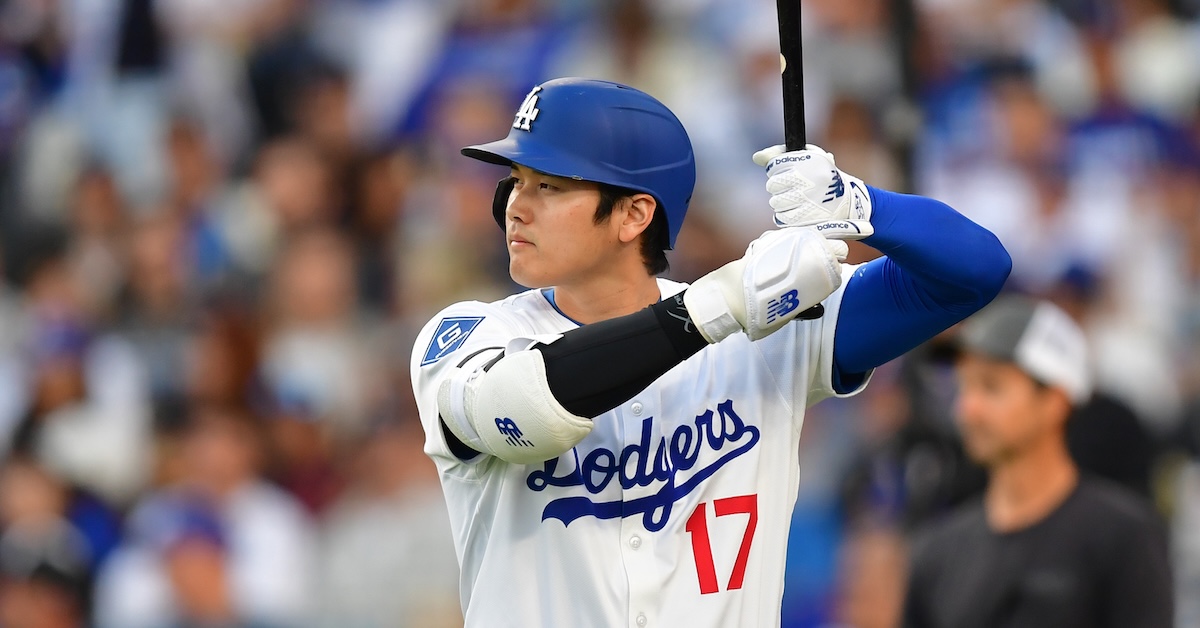Eric Longenhagen Prospects Chat: 5/30/25
| 11:57 |
: Good noon from the Cardinals backfields in Florida. I’m getting started a few minutes early so I can focus on the game a little sooner, as we’re about to get underway. Plus, there are already a ton of questions in the queue.
|
| 11:58 |
: I’m hotspotting, so apologies if things are spotty, internet-wise.
|
| 11:58 |
: In any case, thans for being here.
|
| 11:59 |
: Any advice on how to get into/improve scouting abilities? Any resources that have been imperative in your learning?
|
| 11:59 |
: I would read Jason Parks’ chapters in the second edition of Extra Innings, I would read Dollar Sign on the Muscle, Future Value, and go see bad baseball at your local colleges.
|
| 12:00 |
: What’s the balance between actual production vs. K rates? I look at guys like Esmerlyn Valdez and Konnor Griffin, each have performed admirably this season and have up arrows, however both of their K rates are relatively high. Is the production legit or is the K rates red flags for long term success?
|

